
Is the inspection mark on pork harmful?
Is the inspection mark on pork harmful?
When buying pork with an inspection mark on the skin, many people wonder whether the inspection mark is harmful or if they need to remove that piece of skin.
The inspection mark is stamped directly on the pig's skin by the relevant authorities to certify the origin, quality, and safety of the meat product. Without this mark, the pig would not meet the standards to be sold in the market. The inspection mark includes a series number, the date of inspection, and other related information.

Stamping the inspection mark is an important part of the food safety inspection process, helping authorities control the quality and origin of the product from the farm to the consumer's table. This step is done after the slaughter and inspection process is completed, before the meat is distributed and sold.
Seeing the inspection mark on pork assures you that the meat does not come from a diseased pig and has been slaughtered following safety procedures.
Is the inspection mark on pork harmful?
To avoid worry, many people remove the skin with the inspection mark, fearing that consuming the ink could be harmful to health. Is this really necessary, and is the inspection mark harmful? The answer is that you can be completely assured. According to Vietnamese regulations, the ink or materials used to create the inspection mark must be safe and free from harmful substances like lead, mercury, or banned chemicals.
The ink allowed in the food industry is typically food-safe ink or ink free of harmful components, approved by the relevant authorities. Therefore, if the inspection is conducted according to the correct procedure, using legal inks and materials, the inspection mark on pork will not be harmful.
With strict inspection procedures, authorities also ensure that the inspection mark on pork does not affect the quality of the food or harm consumer health. This means that consumers can be confident when seeing the inspection mark on the pork they purchase, as long as it comes from reputable, licensed slaughterhouses and production facilities.
Inspection and certification process
Before being sold on the market, pork goes through a very strict food safety inspection process. The pigs are taken to licensed slaughterhouses, where their health status is checked before slaughter. After slaughter, authorities perform tests for hygiene, bacterial infections, viruses, or other diseases. Factors like veterinary drug residues, antibiotics, and other chemicals are also carefully checked.
When all parameters and results meet the required standards, the pork is given the inspection mark certifying its safety for consumers. This mark proves that the meat has been thoroughly tested and poses no risk to health.
Consumers should carefully check the inspection mark on the product. The mark should be clear, not faded or tampered with. If the mark appears counterfeit, consumers should avoid purchasing that product.
In addition to the inspection mark, consumers should buy pork from reputable slaughterhouses, stores, or markets with food safety certifications. Choosing a clear source helps minimize the risk of buying poor-quality products.
News in the same category


When Someone Close to You Passes Away, Never Throw Out These 4 Important Items

Ancient Wisdom Explains: “Don’t Buy Pork Neck, Don’t Buy Crucian Carp”—The Real Reasons Revealed Today
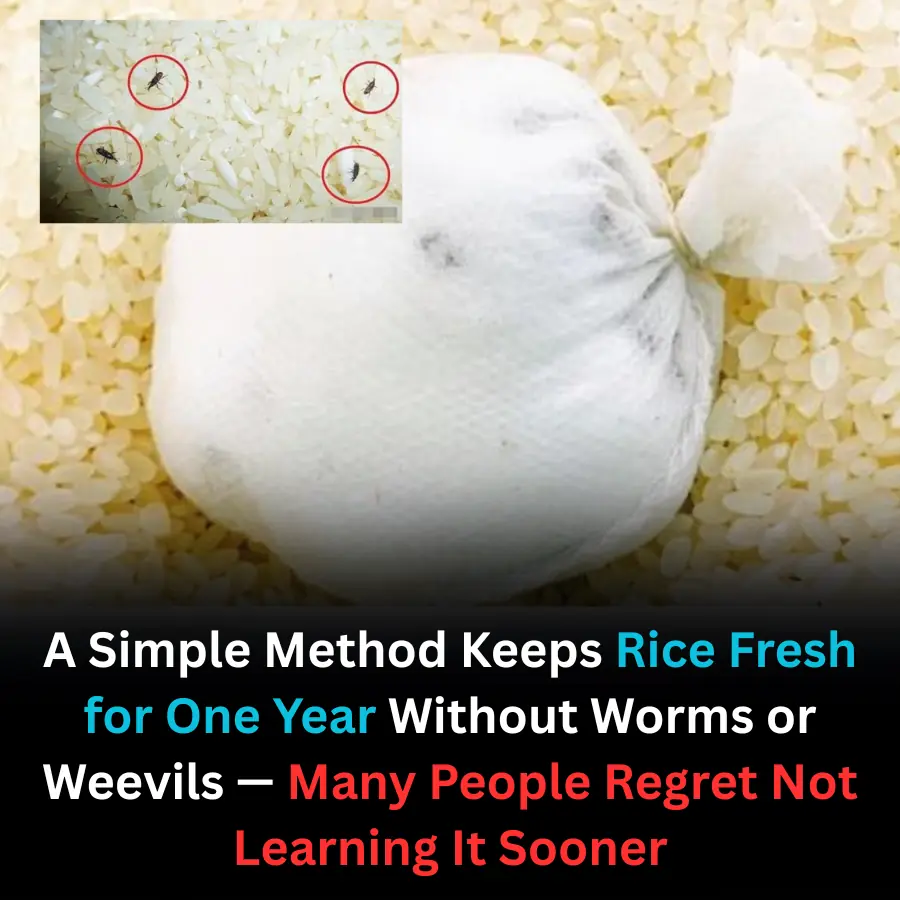
A Simple Method Keeps Rice Fresh for One Year Without Worms or Weevils — Many People Regret Not Learning It Sooner

Charging Your Phone to 100% and Unplugging It Is a Common Mistake: Experts Share the Correct Method to Double Battery Lifespan
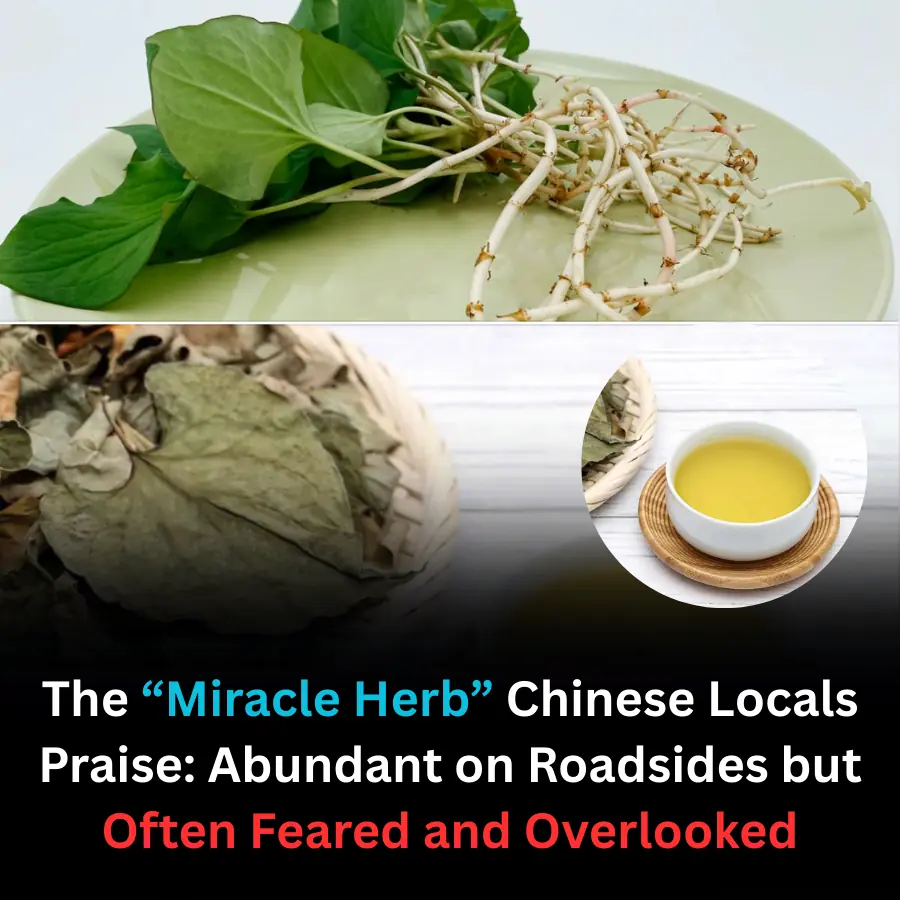
The “Miracle Herb” Chinese Locals Praise: Abundant on Roadsides but Often Feared and Overlooked

Papaya Flowers Soaked in Honey: Highly Nutritious but Strictly Unsafe for These 4 Groups, Doctors Warn

3 everyday foods that can explode while cooking — one nearly disfigured a young woman
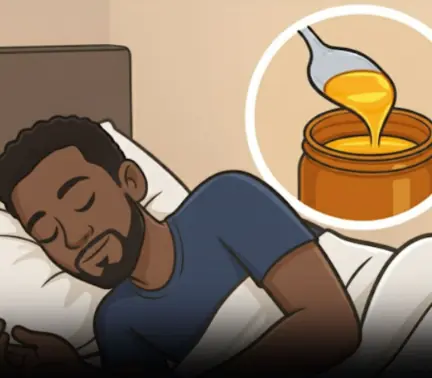
This is Why You Always Wake Up in the MIDDLE of the Night

The Volume Button on Your Phone Has More Power Than You Think — Here Are 3 Useful Functions Most People Miss

More People Are Developing Kidney Failure; Doctor Warns of 4 “Tox.ic Drinks” Behind the Surge: “Cut These Down Immediately”
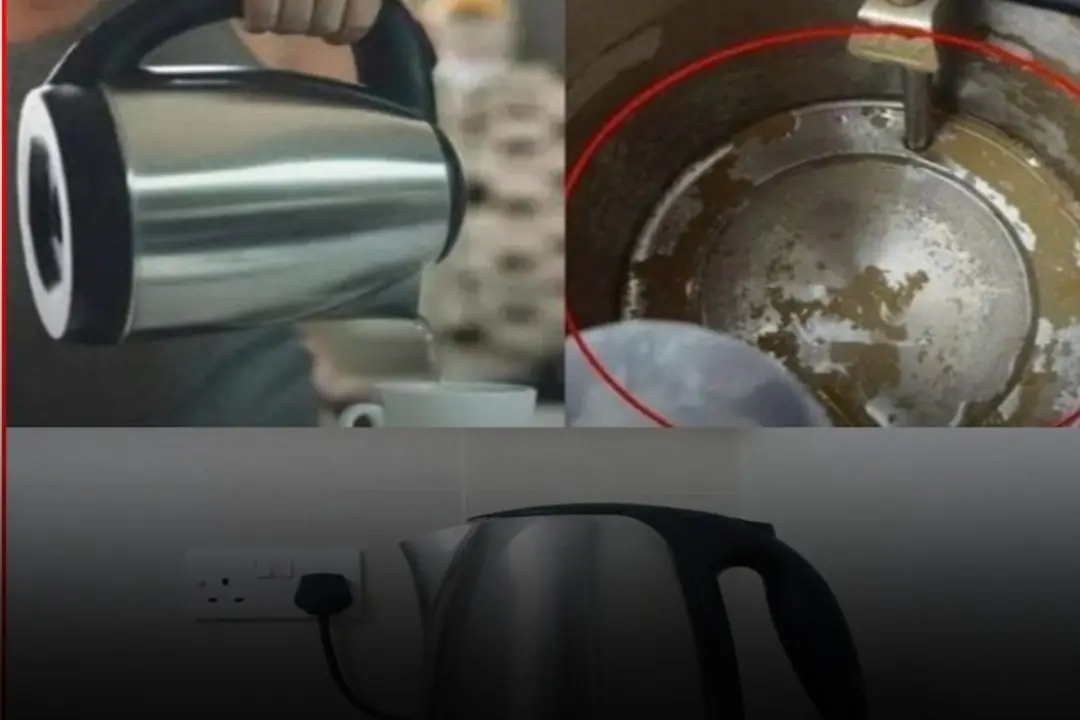
Condolences to those who are using these 4 types of electric kettles

Boiling Water the Wrong Way? Experts Warn: These 3 Common Habits May Increase Cancer Risk for the Whole Family

Three Types of Fish That May Be “Can.cer Hotspots” — No Matter How Tasty, It’s Best to Avoid Them (The Second Is a Favorite in Many Households)

Doctors Warn: To Protect Your Pancreas, Avoid These 5 Breakfast Foods — No Matter How Hungry You Are

Why Japan Has One of the World’s Lowest Diabetes Rates Despite Eating So Much Rice — The Surprising Habit Everyone Can Learn From

Why are buttons on men’s and women’s shirts always on opposite sides?

The first animal you spot in this visual reveals your ‘worst flaw’
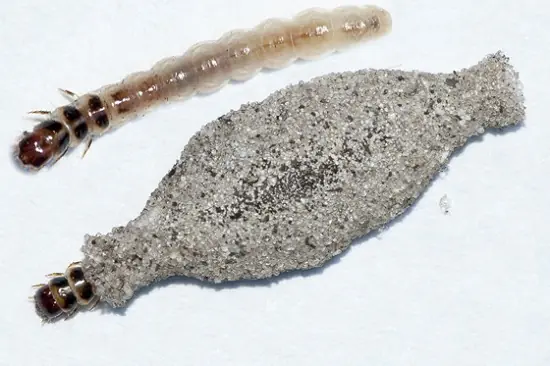
Tiny “Bags” on your walls? Here’s what they really are and how to get rid of them for good

Why we help waiters: The psychology behind a simple act of kindness
News Post

Ate food left in the fridge, 52-year-old man d.i.e.s: 6 foods you should never reheat

Doctors Recommend These 6 Things for Poor Circulation, Cold Feet, and Varicose Veins

The Story of Two Exhausted Surgeons After a 32-Hour Operation: A Symbol of Sacrifice in Medicine
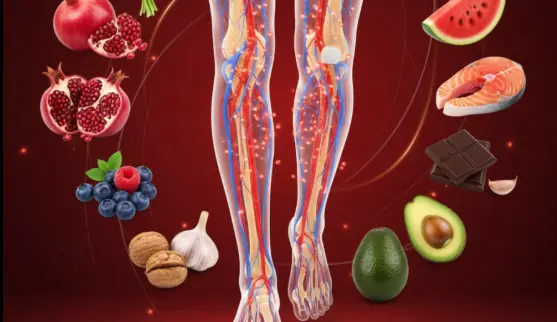
Top 10 foods that improve blood circulation in legs

4 foods to eat on an empty stomach in the morning to cleanse the gut, boost digestion, and lower cancer risk

20-Year-Old Teacher Dies from Liver Cancer: Doctor Warns That Odor in 3 Body Areas Could Signal a Failing Liver

When Someone Close to You Passes Away, Never Throw Out These 4 Important Items

If you hear ringing in your ear, this is a sign that you will suffer from…

Natural Ways to Keep Your Arteries Healthy and Improve Blood Circulation
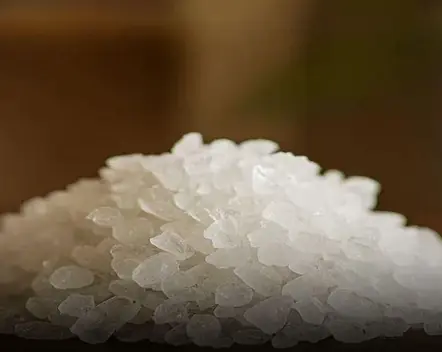
This One Superfood Could Tackle Major Health Issues—Here’s What You Need To Know

If You Often Wake Up Between 2AM and 3AM, Doctors Warn This Could Be More Than Just Poor Sleep

5-Year-Old Passes Away from Late-Stage Cancer: Doctors Urgently Warn Parents to Stop Giving Children These 5 Foods

If You Get These Bruises on Your Body… Here’s What It Means

The Vegetable That Helps Reduce Sugar in The Body. It is Diabetes’ Strong Opponent
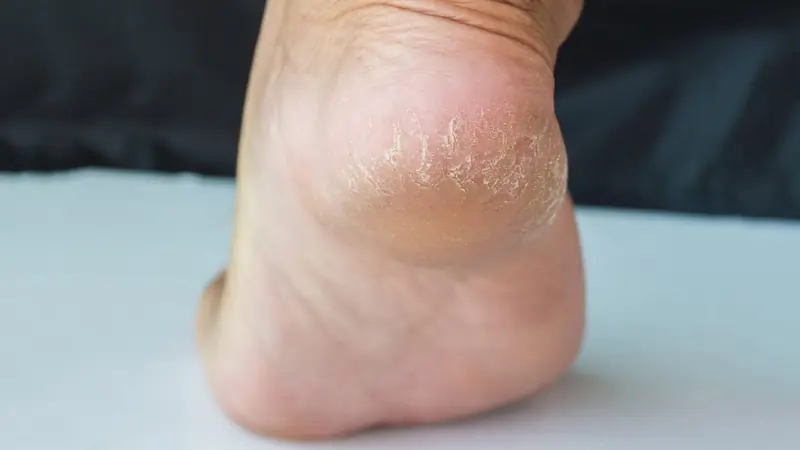
Pharmacist shares major wa:rning sign in heels of foot that could be symptom of serious condition

5 early warning signs of cervical cancer

Leg Cramps Keeping You Awake? Discover the Cause and the Cure Tonight

Worried About Having Small Breasts

Couple in Their 50s Diagnosed With Liver Can:cer at the Same Time—Doctors Urge: “Stop Eating These 3 Foods Immediately, Never Store Them in the Fridge”
